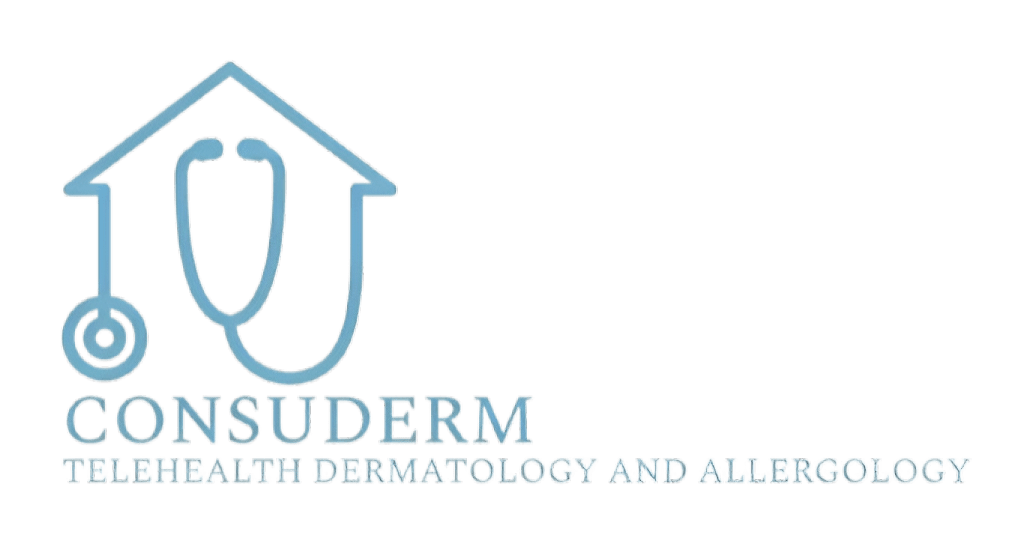Mycosis (fungal infections)
Infections with mycosis (fungi)
Mycosis, also known as fungal infections, is a group of diseases that fungi spread by entering human cells and causing various illnesses. The skin, hair, nails, mucous membranes, and organs inside the body can get these diseases.

kinds of mycosis

List Of types of Mycosis
- A Superficial Mycosis that affects skin and mucous tissues can result in tinea (ringworm, athlete's foot, jock itch), yeast infections (pityriasis versicolor), and other conditions.
- Subcutaneous Mycosis affects the deeper layers of skin and the tissues underneath them. It can lead to diseases like eumycotic mycetoma and chromoblastomycosis.
- Systemic Mycosis can be life-threatening because it affects parts inside the body, like the lungs, brain, and heart. Cryptococcosis and histoplasmosis are two examples.
Why and how it happens
- Fungi that are harmful to humans, like dermatophytes, yeasts, and moulds
- Immunodeficiency, like in people with HIV/AIDS or who are getting treatment for cancer
- Burns or scars that cover a lot of surface area
- Getting an organ transplant
- Having some underlying health problems, like diabetes or kidney disease

Book An Appointment
Get expert advice from the comfort of your home – schedule an online consultation with our dermatologist today!

